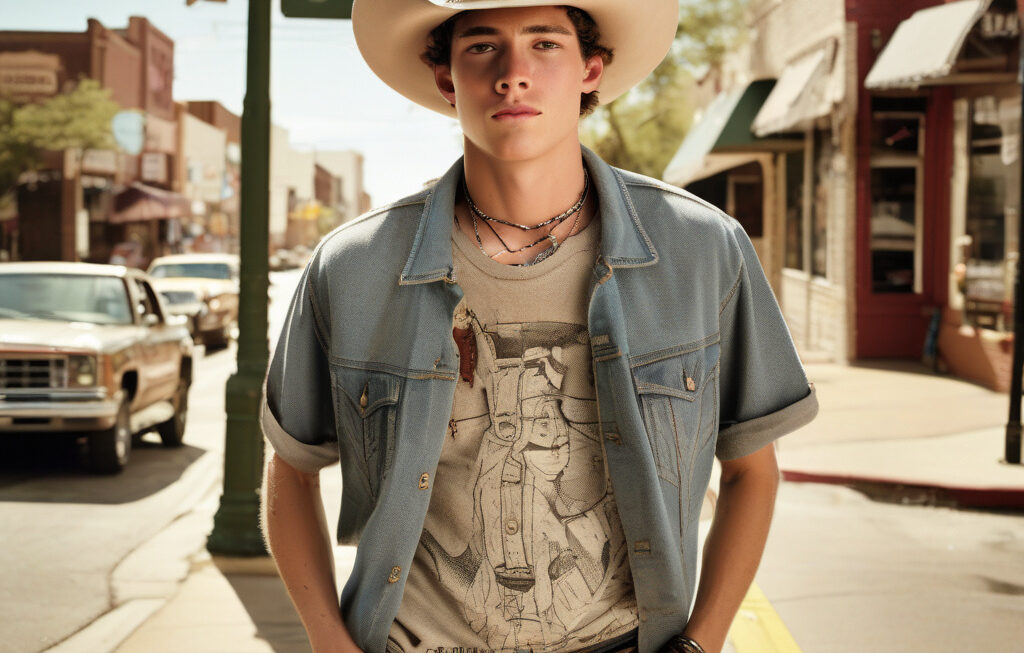Opinion: How Wellness Became Toxic
In the age of social media, the pursuit of wellness has morphed into a complex and often misleading landscape. What once started as a genuine movement towards healthier living has now been tainted by misinformation and unrealistic expectations, giving rise to what can only be described as toxic wellness.
Lindsay Dahl, a prominent voice in the wellness industry, sheds light on this troubling trend. She argues that while social media has played a pivotal role in amplifying the “clean” beauty movement and promoting self-care practices, it has also inadvertently exposed it to harmful misinformation. The very platforms that were meant to inspire and educate have now become breeding grounds for unattainable standards and questionable advice.
One of the main issues plaguing the wellness industry today is the relentless promotion of unattainable beauty standards. With filters, editing tools, and carefully curated feeds, influencers create an illusion of flawlessness that is simply unattainable in real life. This not only perpetuates unrealistic beauty ideals but also erodes the self-esteem of countless individuals who are constantly bombarded with these images.
Moreover, the rampant spread of misinformation on social media has only added fuel to the fire. From dubious health claims to pseudoscientific advice, the online space is rife with content that is not only misleading but potentially harmful. The lack of regulation and fact-checking has allowed for dangerous wellness trends to gain traction, leading unsuspecting individuals down a path of questionable practices and unproven remedies.
The pressure to conform to these unrealistic standards and follow the latest wellness fads has created a culture of anxiety and obsession around health. Instead of promoting genuine self-care and well-being, the wellness industry has become synonymous with privilege, exclusivity, and unattainable perfection. This toxic culture not only alienates those who do not fit the mold but also perpetuates harmful stereotypes and prejudices.
It is crucial for both consumers and content creators to approach wellness with a critical eye and a discerning mind. By questioning the sources of information, fact-checking claims, and prioritizing mental and emotional well-being over external appearances, we can begin to reclaim the true essence of wellness. It is not about achieving perfection or conforming to unrealistic standards but rather about nurturing a healthy relationship with ourselves and our bodies.
As we navigate the ever-changing landscape of wellness in the digital age, let us remember that true well-being cannot be found in a trendy product or a viral trend. It is a holistic journey that encompasses physical, mental, and emotional health, and it is unique to each individual. By fostering a culture of authenticity, inclusivity, and critical thinking, we can steer the wellness industry towards a more positive and empowering direction.
#Wellness, #ToxicWellness, #SocialMedia, #Misinformation, #SelfCare












